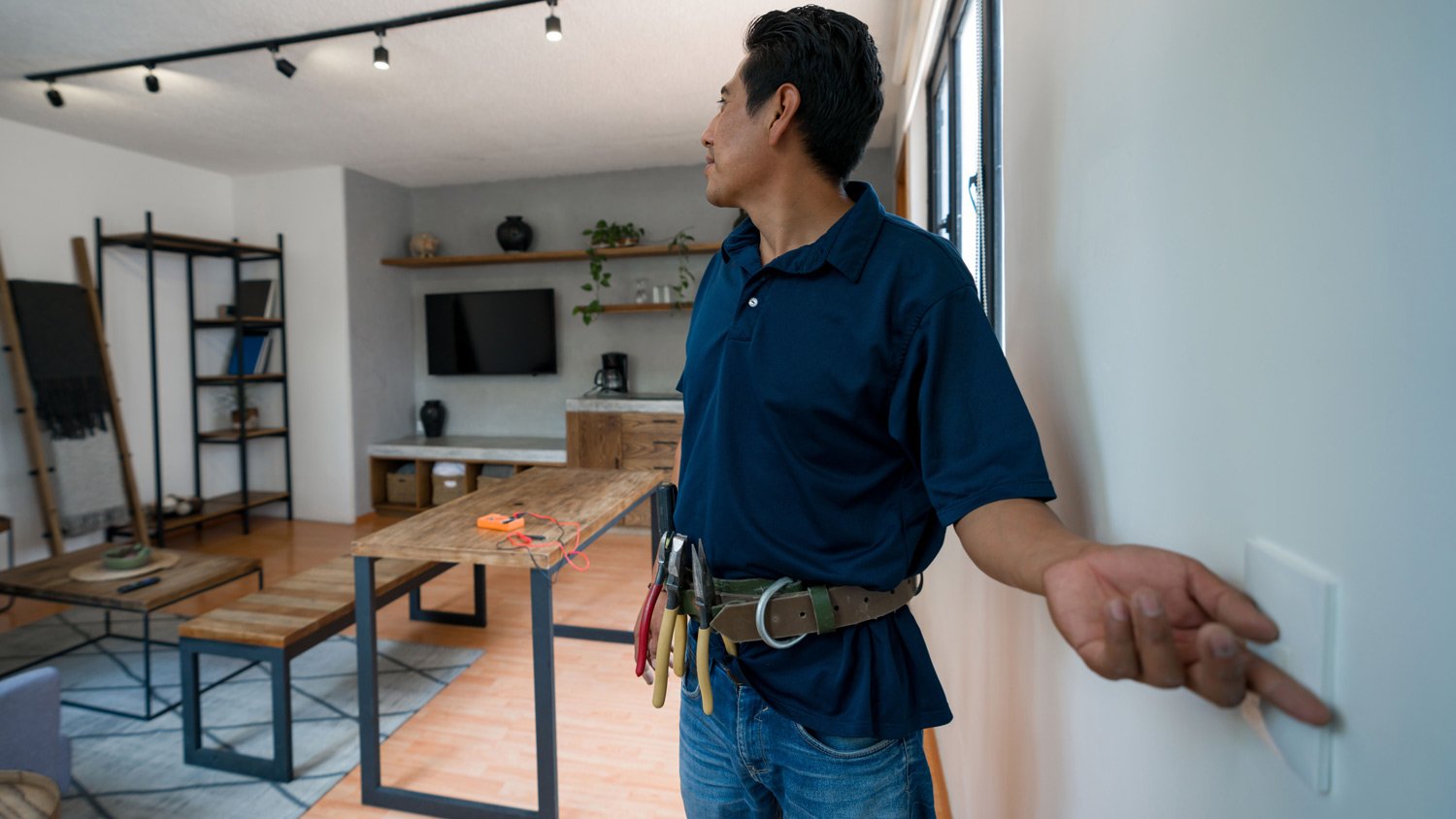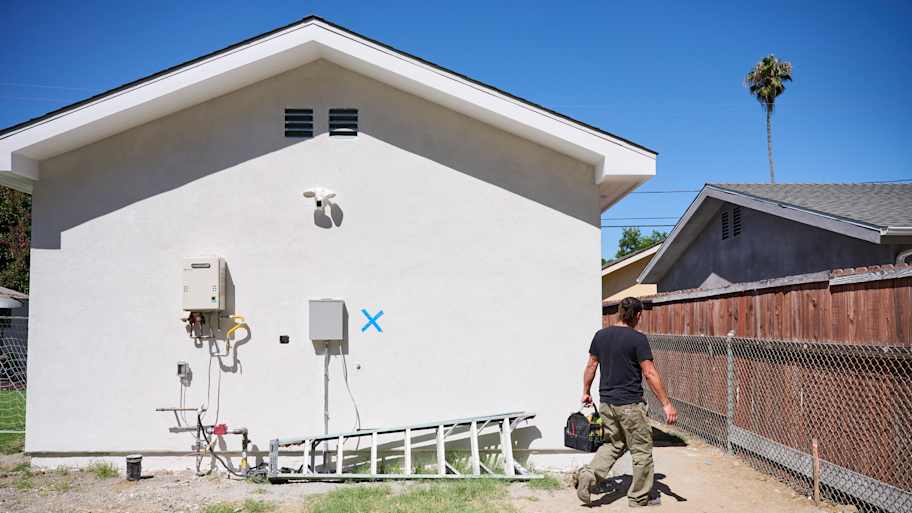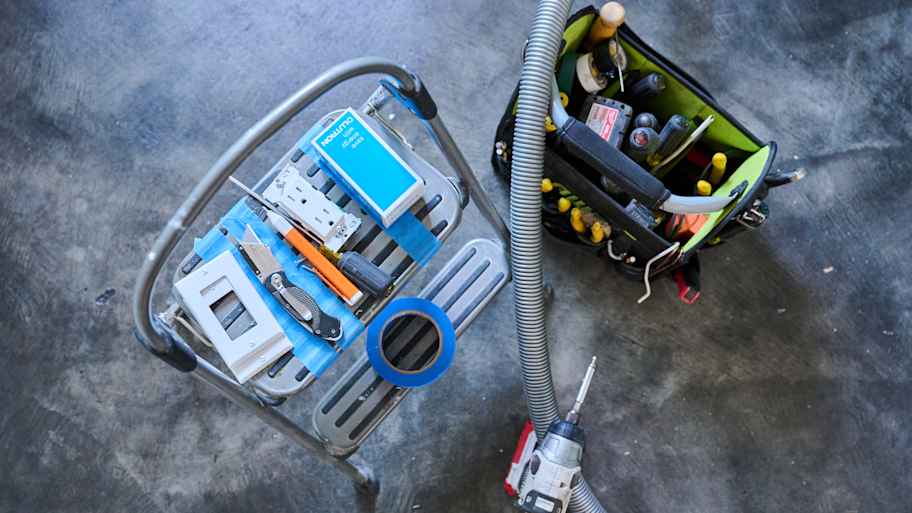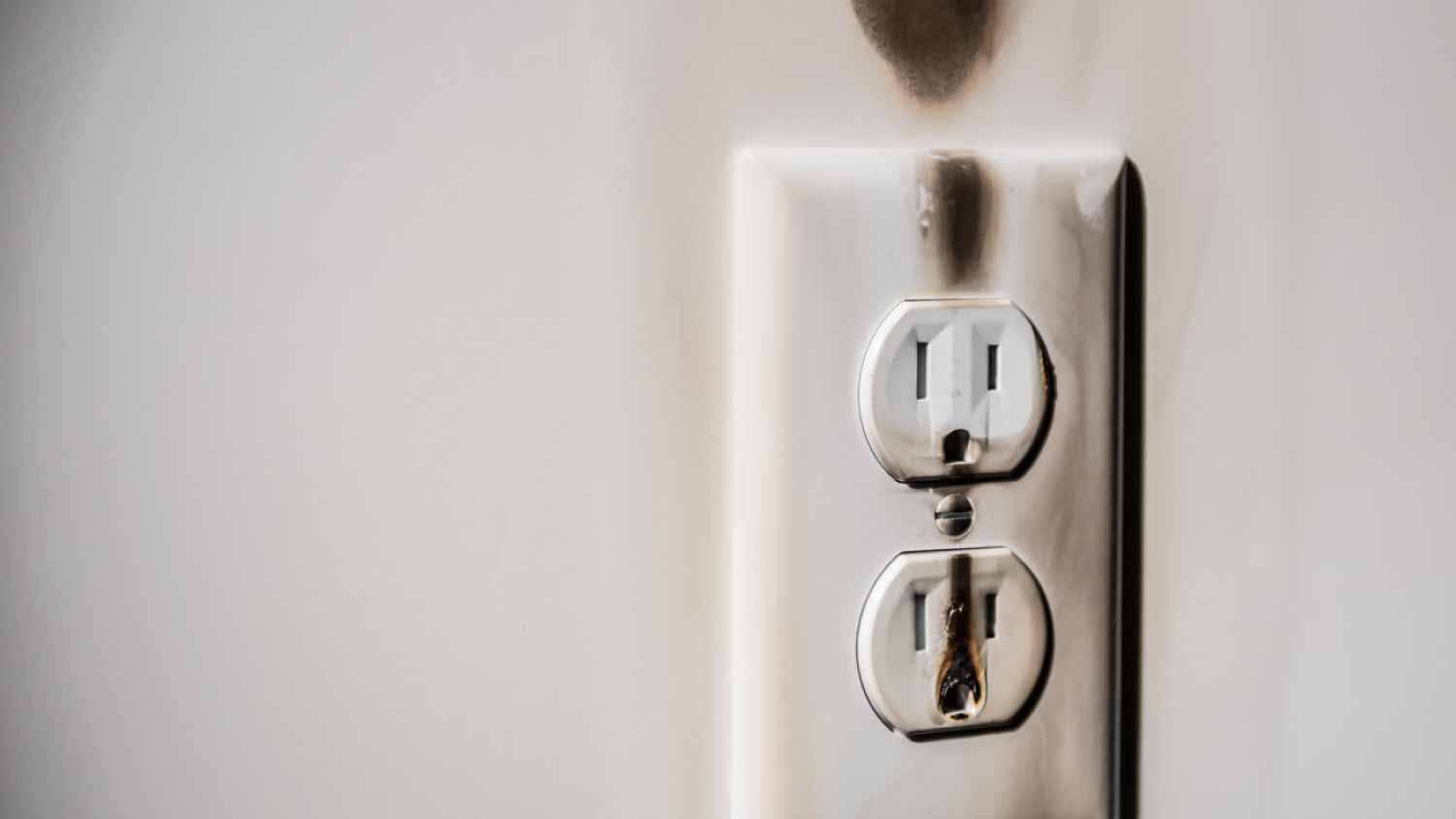6 Common Reasons Your LED Lights Are Flickering
Power up your knowledge by knowing how to fix common problems with your lights


LED bulbs are inexpensive to replace.
Defective bulbs are the most common issue.
Check your bulbs first, then the socket, switch, wires, and finally your home’s power unit.
Most issues can’t be DIYed due to electrical safety risks and fire hazards.
1. Dying Lightbulbs
LED lights are one of the most common types of lightbulbs. They’re known for their extreme energy efficiency and long lifespan but will need to be replaced eventually. Having to replace some bulbs is a best-case scenario compared to other, more expensive issues.
How to Fix It
Check the socket with a new lightbulb. If it stops flickering, but the old LED continues flickering, replace it.
2. Using Incorrect Bulbs on Dimmer Switches

Installing dimmer switches adds control over your home’s ambiance, but not all bulbs work with them. A common problem is that the bulb works fine when the dimmer is set to maximum brightness, but flickers at any other setting. Make sure the dimmer switch works before assuming it’s the bulb that’s causing the flickering.
How to Fix It
Check that the dimmer is working correctly by using a bulb that matches the switch. If the dimmer switch functions correctly, replace the bulb with one that works with dimmer switches.
3. Power Fluctuations or Overloaded Circuits
You may not be able to diagnose this unless you have electrical experience. What happens is your system directs power in certain ways, and sometimes it only allows a certain amount of power to the light socket. If you notice your bulbs flickering only when you turn on power-hungry appliances like laundry machines, ovens, or plug-in items like treadmills or vacuums, it’s probably your power system.
How to Fix It
Have a pro make sure you aren’t overloading your system.
Consider switching lights (first) or appliances (second).
Ensure you don’t have a bad ground cable.
4. Damage to Power Unit, Light Socket, or Wiring
This can be damage to the physical switch, the wire running from the wall to the bulb, wires inside the walls, or a breaker. Some damage may be obvious and you can address it yourself but if you can’t find any other reason for flickering bulbs, it’s best to have a local electrical pro check it out. Unfortunately, bad wires are a common cause of house fires.
How to Fix It
If it’s safe, switch any existing damaged pieces—but don’t go looking in the walls. A pro would need to do any work that isn’t switching a fuse or swapping a dimmer switch.
5. Loose Bulbs
This issue is self-explanatory. Just like screws, locks, doors, and many other household items, bulbs can become loose over time. Another reason is they weren’t screwed in tight enough in the first place. Along with aging bulbs that require replacing, this is the easiest issue to fix in this list.
How to Fix It
Tighten the bulb.
If the issue is the bulb is loose because of damage to the light socket, replace that (or have a pro do it).
6. Smart Home Errors
Smart light switches are becoming more popular and with good reason—savings, burglar prevention, and convenience are all serious benefits. However, smart devices are just another point of failure if you’re diagnosing LED flickers. Almost all the issues of smart devices are due to electronic errors. If the unit isn’t broken, make sure it’s getting ample power. Otherwise, the device may need repair.
How to Fix It
Toggle the device on and off. Simple, but it often fixes the problem.
Check that the device is working correctly by switching your light bulbs.
If it’s flickering no matter which bulb, check the device for error codes or have a pro take a look at it.
Sometimes a call to the smart device company can solve the issue.
Frequently Asked Questions
There are few disadvantages to LED bulbs when compared to incandescent, but that isn’t to say they are perfect. Cooler LED lights emit an enormous amount of blue light. This can affect people with certain conditions and has been known to mess with your circadian rhythm. LEDs can also overheat, are prone to flicker, and may not be consistent in color across all bulbs in a pack
This depends on the cost of your electricity but running a single LED bulb for 24 hours would likely cost less than ten cents. That being said, not many have LEDs they leave on for the entire day unless they have an indoor garden. All things considered, LEDs are an extremely cost-efficient mode of lighting your home.
Repairing or installing a light switch costs homeowners around $150. While this may seem expensive considering the switch itself is usually less than $10, remember you’re paying for experience as well. Electrical issues in a home are a common cause of fires, so having a pro replace or install a switch is the best option available to avoid such an unfortunate event.





- Home Generator Repair
- Lamp Repair
- Electric Repair
- Generator Installation
- TV Antenna Services
- Emergency Electricians
- Commercial Electricians
- Attic Fan Installation
- Attic Fan Repair
- Exhaust Fan Installation
- Electric Inspectors
- Subcontractors
- Electrical Construction
- EV Charger Installer
- Chandelier Installation
- Doorbell Installation
- Bathroom Fan Installation
- Ring Installers
- Electrical Panel Upgrade










